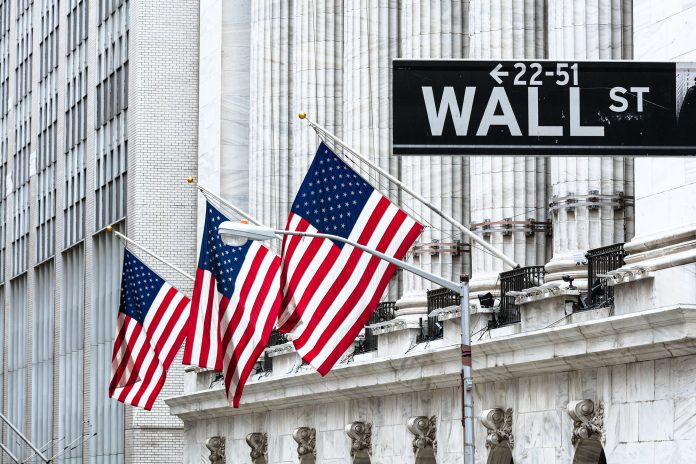NEW YORK: US stocks ended the last trading day higher as bargain hunters stepped back into the market following sharp losses a day earlier, but all three major indexes suffered their biggest weekly percentage declines since March.
Friday’s trading was marked by wild swings, with the S&P 500 up about 3pc at its high of the session and down about 0.6pc at the low.
The Federal Reserve’s indication earlier this week of a long road to recovery and rising Covid-19 cases in the United States had cast a pall over investor optimism about a swift economic rebound, and the S&P 500 dropped about 6pc on Thursday.
“You’ve gotten a pretty sizeable dip, and there’s probably some fear of missing out, some trying to (take) some value while it’s there,” said Rob Haworth, senior investment strategist at US Bank Wealth Management in Seattle.
The S&P 500 closed well above its 200-day moving average, a closely watched technical level, after moving above and below the level during the session.
The financial and technology sectors gave the biggest boosts to the S&P 500.
The Dow Jones Industrial Average rose 477.37 points, or 1.9pc, to 25,605.54, the S&P 500 gained 39.21 points, or 1.31pc, to 3,041.31 and the Nasdaq Composite added 96.08 points, or 1.01pc, to 9,588.81.
For the week, the Dow ended down 5.6pc, the S&P 500 fell 4.8pc and the Nasdaq shed 2.3pc, the biggest weekly percentage declines for the indexes since the week ended March 20.
The Cboe Volatility index ended down on the day but registered its biggest weekly gain since the week ended March 13.
Earlier this week, the Nasdaq confirmed it had been in a bull market since March 23 and the S&P 500 briefly turned positive on the year.
On Friday, Photoshop maker Adobe Inc rose 4.9pc after posting a better-than-expected quarterly profit, driven by strong demand for its cloud software.
Yoga apparel maker Lululemon Athletica Inc fell 3.8pc after posting lower-than-expected quarterly results following coronavirus-induced store closures.
Advancing issues outnumbered declining ones on the NYSE by a 3.14-to-1 ratio; on Nasdaq, a 2.98-to-1 ratio favoured advancers.
The S&P 500 posted one new 52-week high and no new lows; the Nasdaq Composite recorded 23 new highs and seven new lows.
Volume on US exchanges was 13.08 billion shares, compared to the 12.90 billion average for the full session over the last 20 trading days.

























